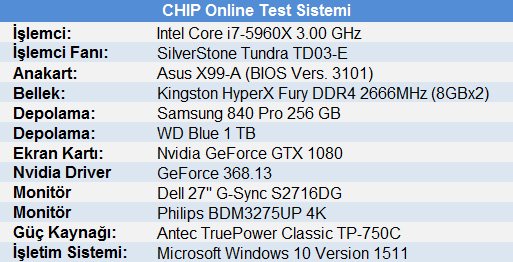

And as you expect with a new generation of microarchitecture, every Lovelace RT and Tensor core is more powerful than every Ampere RT and Tensor core. The Ada Lovelace architecture, named after the mathematician and writer, is the third generation of RTX, using fourth-gen Tensor cores and third-gen RT cores. Videocard Power Performance chart comparing videocards performance to their TDP is made using thousands of PerformanceTest benchmark results and is updated daily. The Ampere architecture is the second generation of RTX, which uses third-generation Tensor and second-generation RT cores. The RTX 40-series meanwhile is built on the new Ada Lovelace architecture, which uses TSMC’s 4nm N4 technology. The RTX 30-series is built on Nvidia’s Ampere graphical architecture, which uses Samsung’s 8nm technology. We also provide the GPU benchmarks average score in the 3 main gaming resolutions (1080p, 144p, and 4K) in addition to the overall ranking index along with the current price if available.

In contrast, the 12GB model has a higher base and boost clock and requires at least 700W of power. The graphics cards comparison list is sorted by the best graphics cards first, including both well-known manufacturers, NVIDIA and AMD. The 16GB model has more RT, Tensor, and CUDA cores and requires at least 750W of power. This would not be the first time Nvidia did this, as the company released two different versions of its RTX 3080 graphics cards – the launch model included 10GB of memory, while another version released nearly two years later included 12GB of memory.īut memory (and pricing) isn’t the only difference between the two RTX 4080 variants. If youre looking to easily compare the top graphics cards (GPUs or video cards), click here and discover the Versus GPU comparison tool. Another interesting note is that there are two variants of the RTX 4080: one with 16GB of GDDR6X memory, which will retail for $1,199, and another with 12GB of GDDR6X memory that will cost $899.


 0 kommentar(er)
0 kommentar(er)
